You can now stay at this iconic modernist house in Palm Desert
The Desert Wave, a modernist revival project by Stayner Architects, with interiors by Design Within Reach and Paul Smith, is available to book
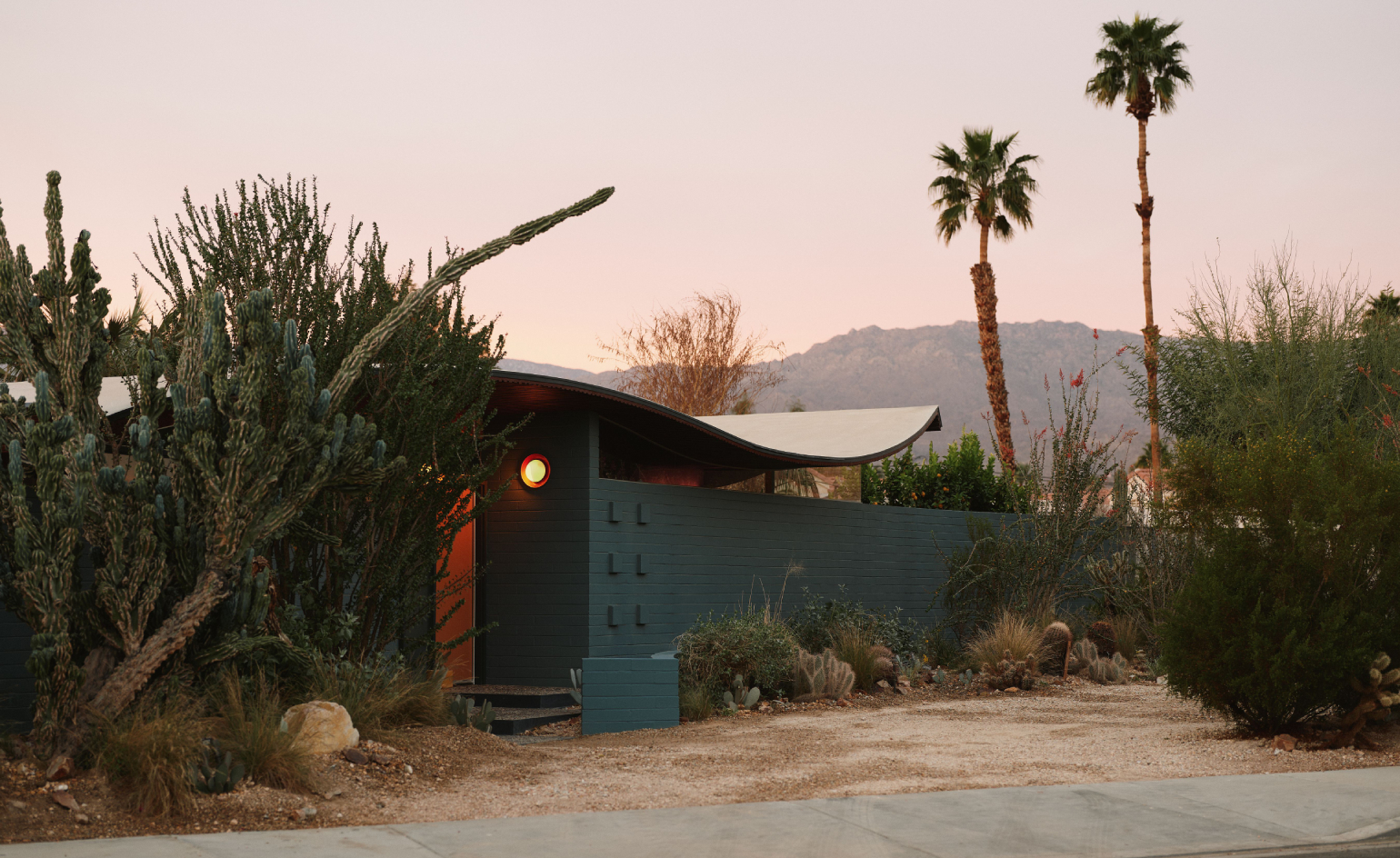
The storied Wave House in Palm Desert, known for its distinctive curving roof, begins a new chapter as ‘Desert Wave’, a bookable escape. Following its restoration by Stayner Architects, the midcentury modern masterpiece has undergone an interior refit by Design Within Reach (DWR) in partnership with design-led vacation rental operator Boutique.
The property was built in 1955, designed by Southern California-born architect and inventor Walter S White (who had previously worked under Rudolph Schindler and Albert Frey) as a modernist getaway and sculptor’s studio for Miles C Bates. The home is still a standout among the many lauded midcentury homes in the Coachella Valley community.
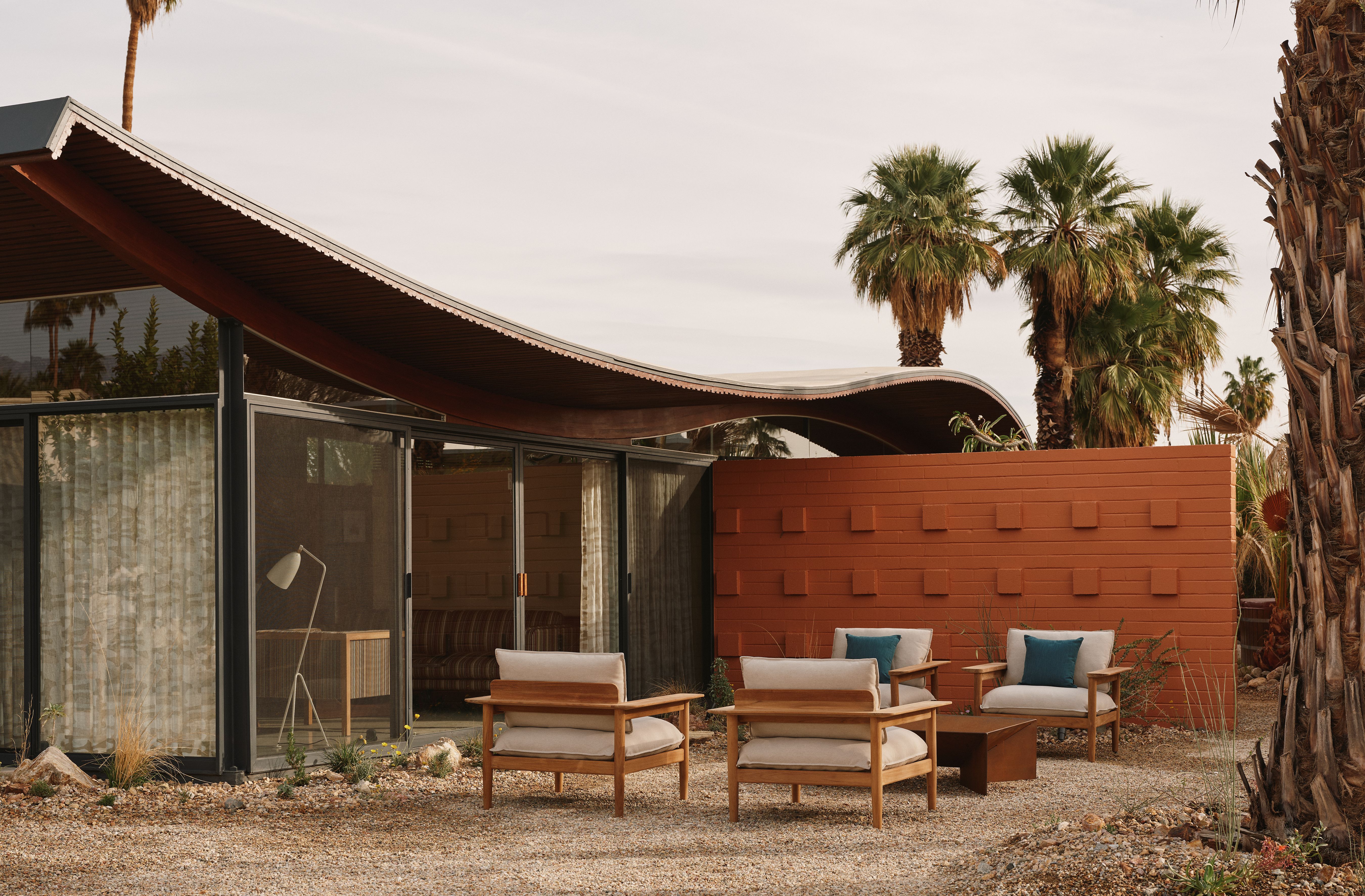
In 2018, the house was added to the National Register of Historic Places and purchased by Los Angeles-based Stayner Architects, who fully restored the dwelling. Its recent interior makeover leaves it filled with a curated selection of DWR’s Paul Smith Collection furniture, which celebrates Smith’s longstanding collaboration with Maharam. It includes limited-edition Herman Miller and Knoll classics dressed in Paul Smith x Maharam textiles, such as the ‘Eames Molded Plastic Side Chair’ and Eero Saarinen’s ‘Womb Chair’ in striking ‘Dots’, along with made-over DWR bestsellers, like the ‘Terassi’ outdoor chaise upholstered in ‘Concord Stripe’
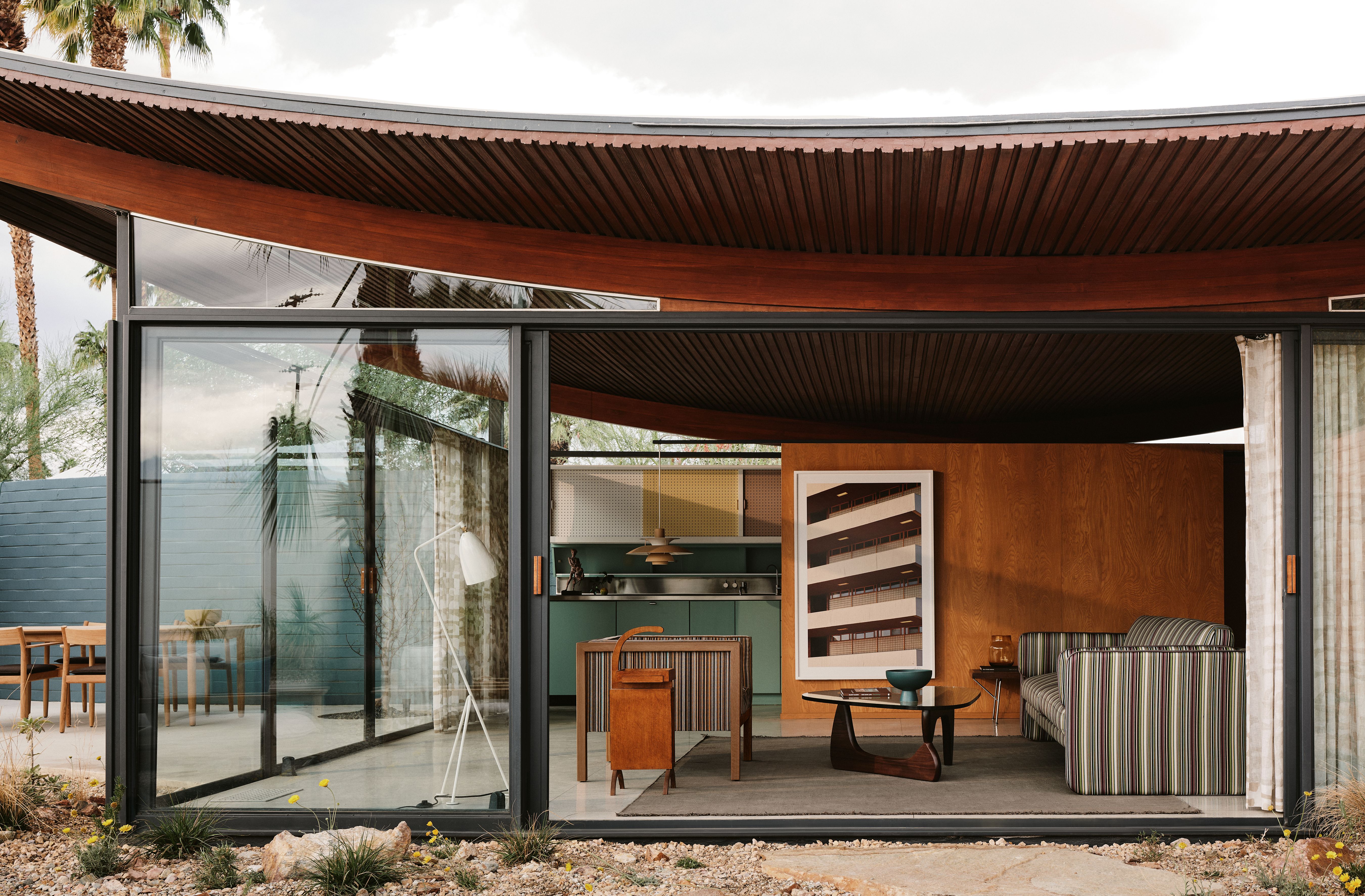
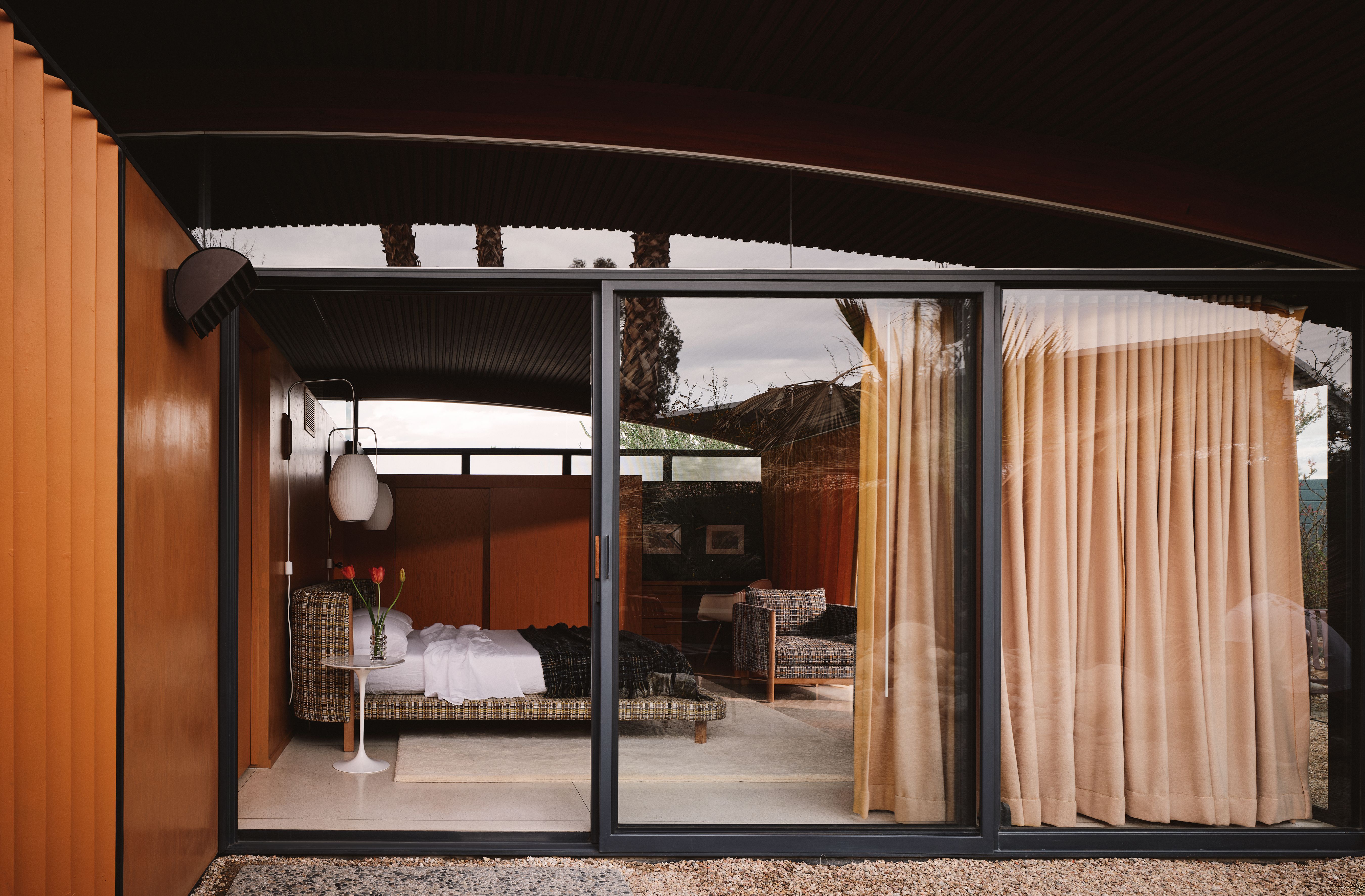
We spoke exclusively with Christian Stayner, principal of Stayner Architects, on the home’s next chapter and that groundbreaking roof design.
Stayner Architects on the Desert Wave
Wallpaper*: How did your purchase of the iconic Wave House come about?
Christian Stayner: We purchased the house from the City of Palm Desert. With [funds] from a state programme that has since been discontinued, they had acquired the property – which included a dilapidated house and an apartment building – with the intention of building affordable housing. [But] there was no money to build the housing, so things just sat there. When they went to demolish the house, the local historical society, which understood [its] architectural significance, raised hell and got the National Parks Department to list [it] on the National Historical Register. As the state programme wound down, the city was forced to liquidate the property to return the funds.
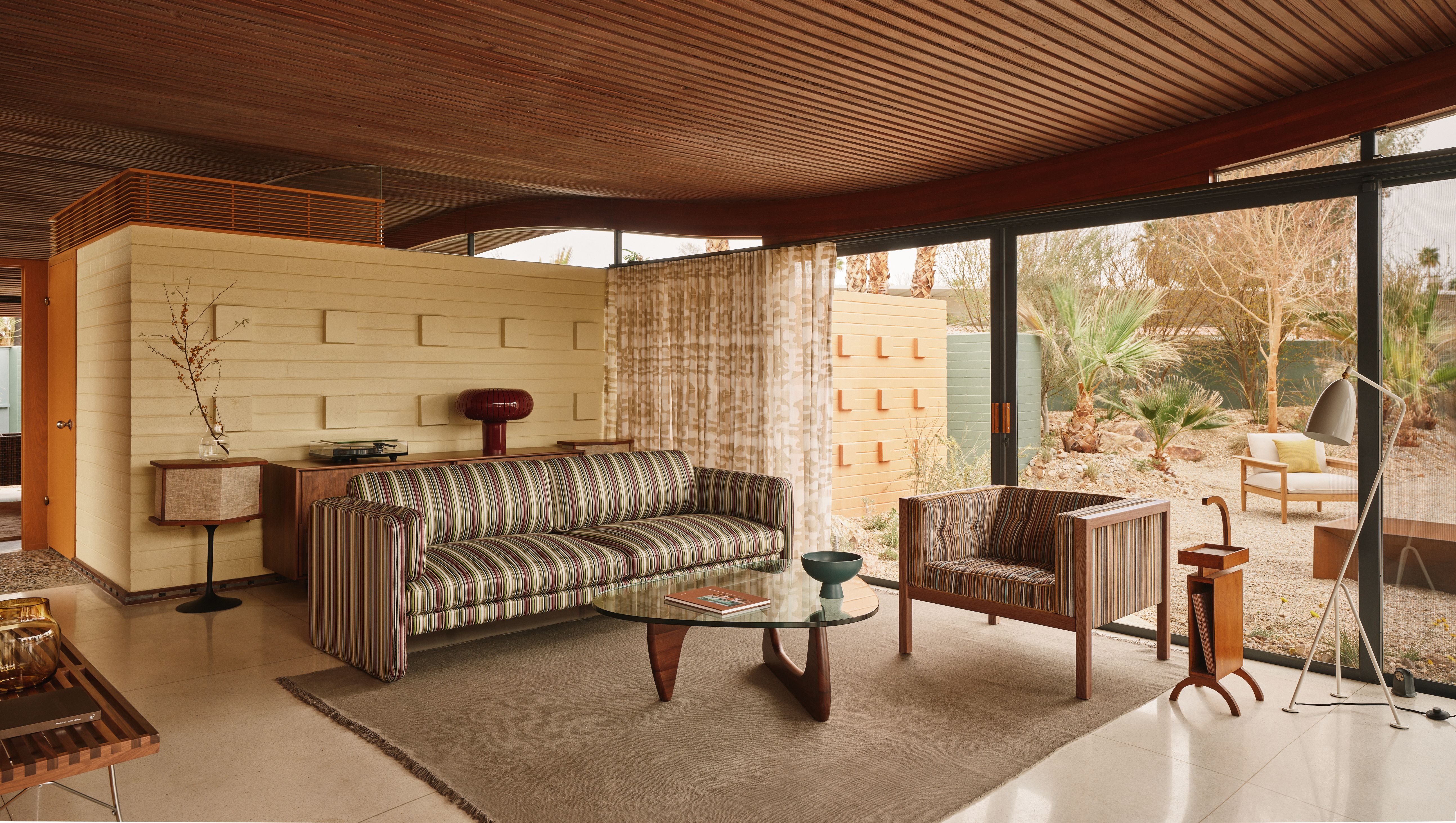
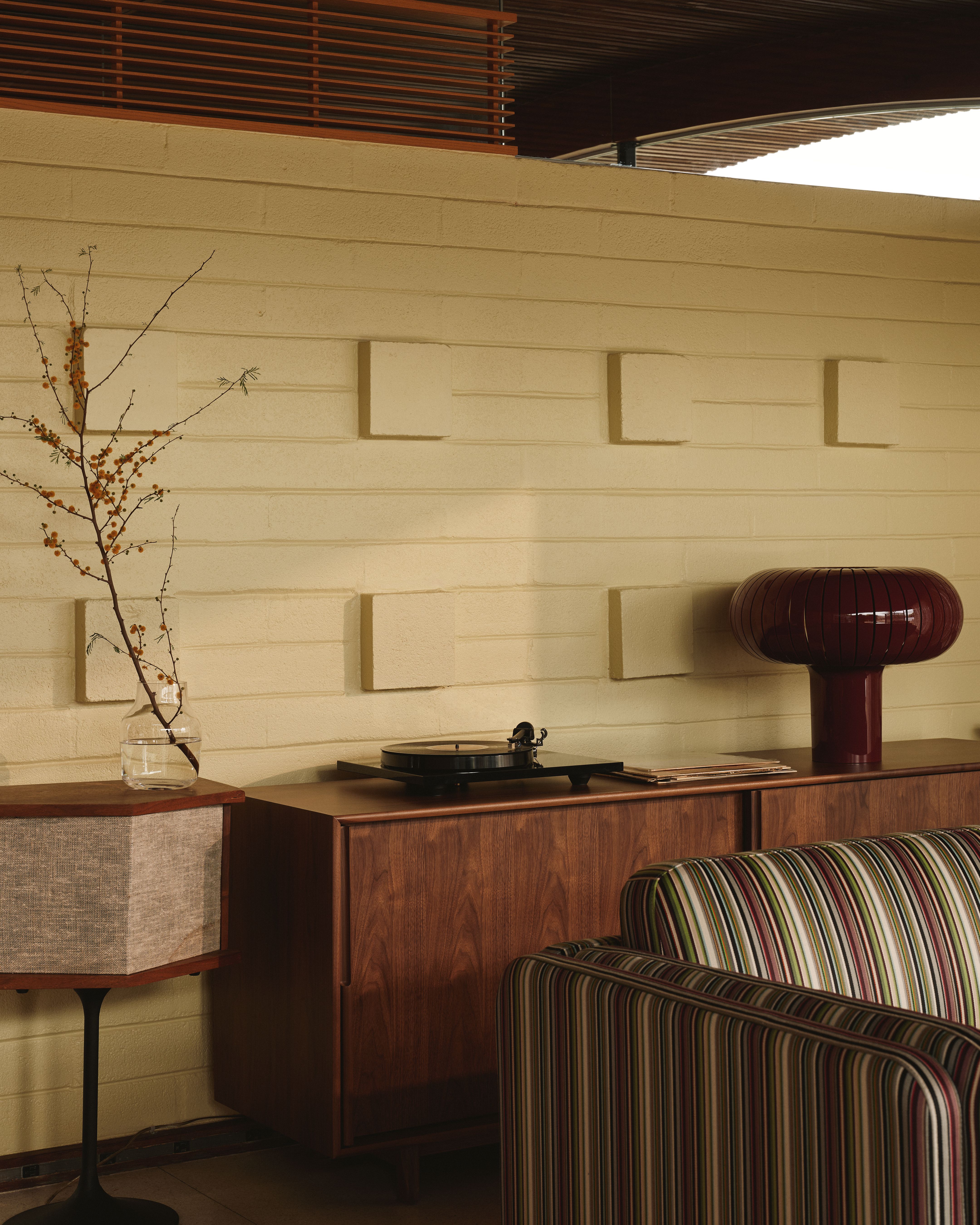
W*: Was the plan all along to restore it and rent it out?
Receive our daily digest of inspiration, escapism and design stories from around the world direct to your inbox.
CS: We worked closely with the city to balance the cost of keeping the house and its restoration with a financial model based on hospitality and making what is arguably architecturally the most important house in Palm Desert into a space that can be visited by the public. This was a different sort of public-private partnership than the roads, bridges, and hospitals that you typically hear about – it was about finding an innovative model to allow everyone to benefit from the outcome – us as the owners, the city in having an important landmark, our neighbours by removing a long-term eyesore, and the public in getting to enjoy a house that would otherwise be off-limits.
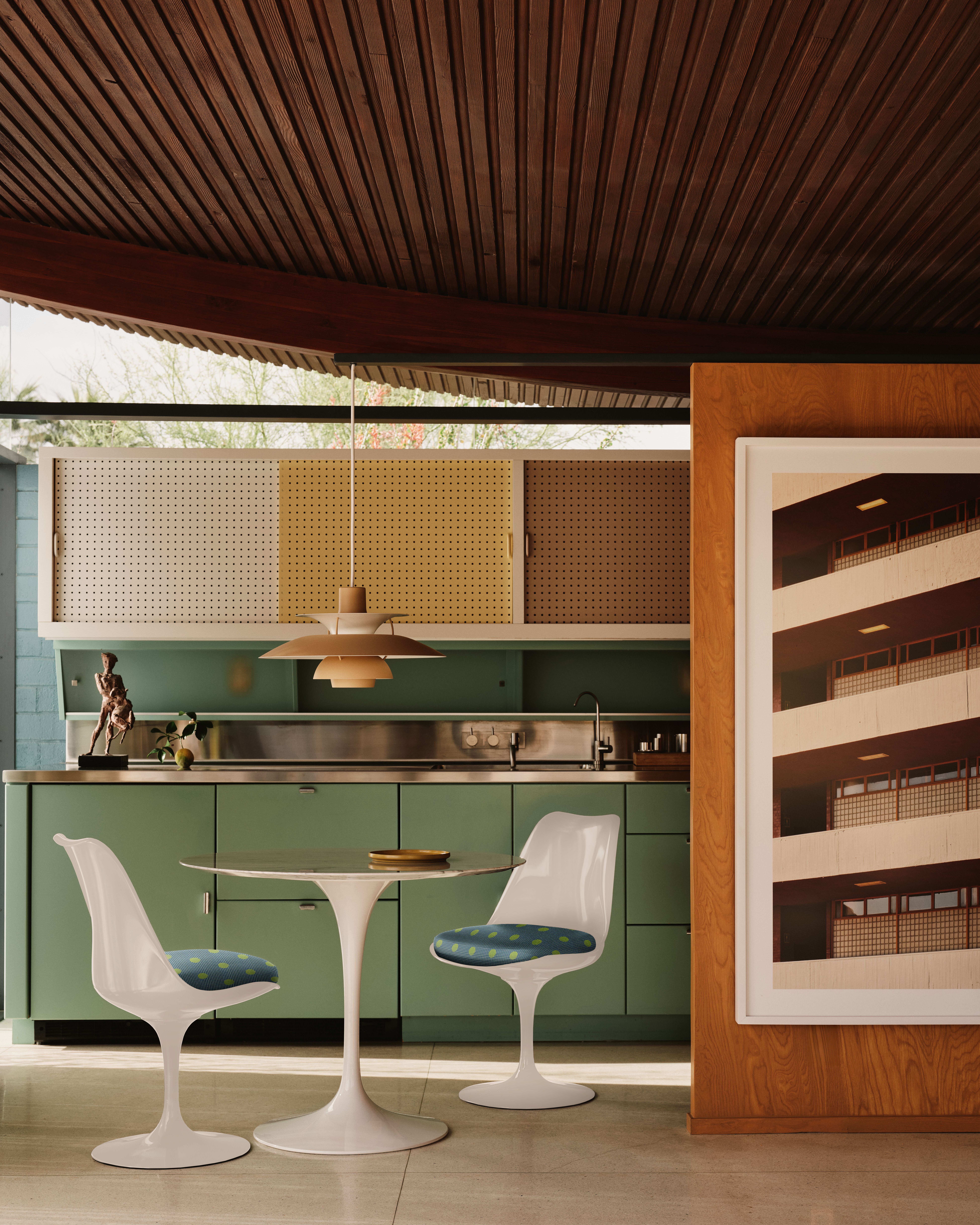
W*: What was the inspiration behind the restoration?
CS: After it was completed in 1955, the house went through great transformations. Rather than turn back the clock to a sanitised midcentury past, we felt it was important to keep and acknowledge some of the blemishes from the rough history this house experienced; to realise some of the innovations that Walter S White attempted to include in the house but failed due to the technology being too new; and to go beyond the visual to consider how restoration can include intangibles like light levels and qualities, temperature and humidity, smell and sound.

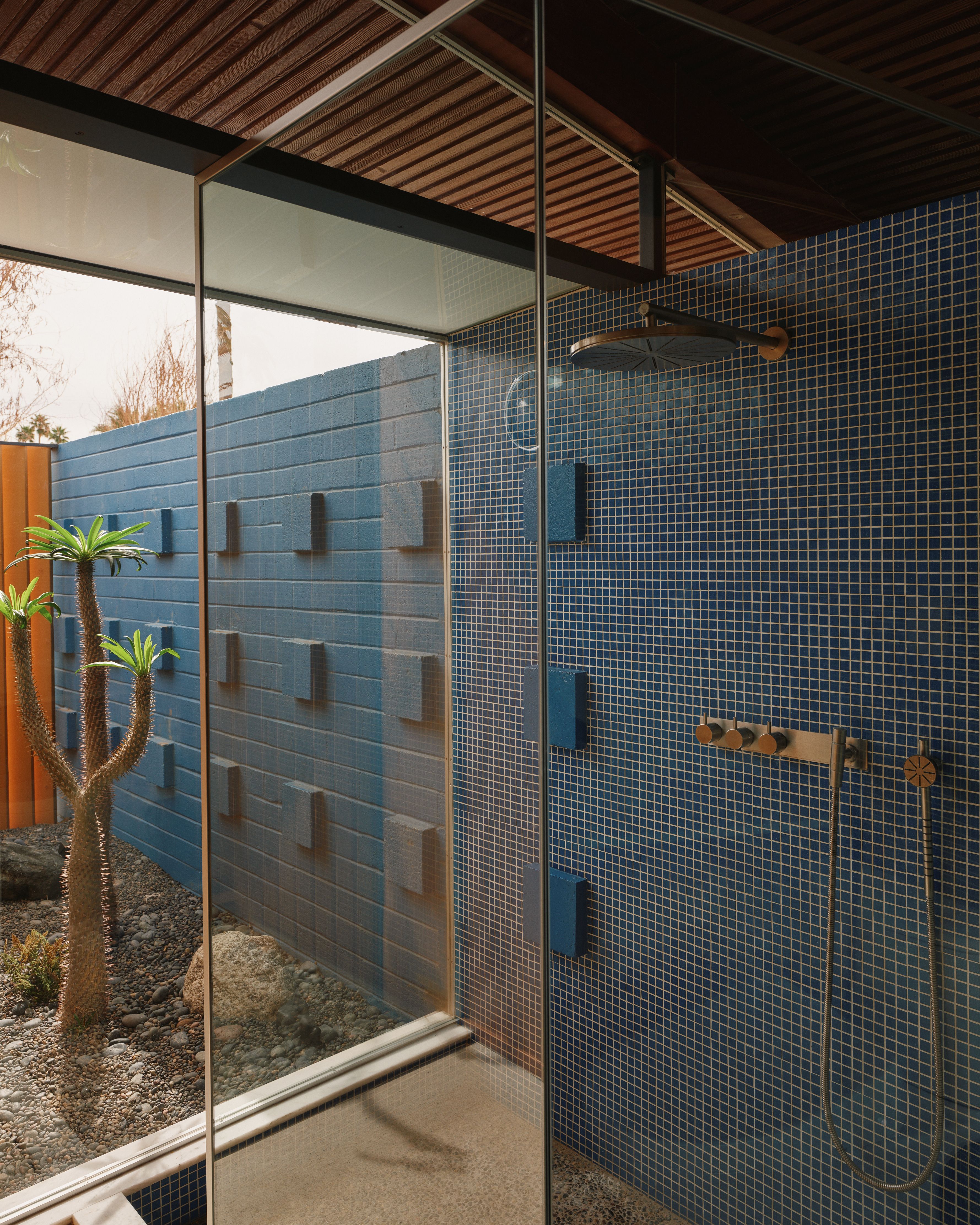
W*: Were there any challenges in restoring the innovative ‘rollercoaster’ roof design?
CS: The roof had failed and had been compromised by a series of bad renovations and alterations. Though not visible, we fixed many of its original design flaws – in 1955, there wasn’t the advanced building chemistry of adhesives, foam insulation, and waterproofing membranes that we now have available. White anticipated so many innovations that would later arrive: the recent adoption of mass timber, of which this is a prototype decades ahead, earth ducting that distributes the cool air underground during the summer, self-shading in the desert, and onwards.
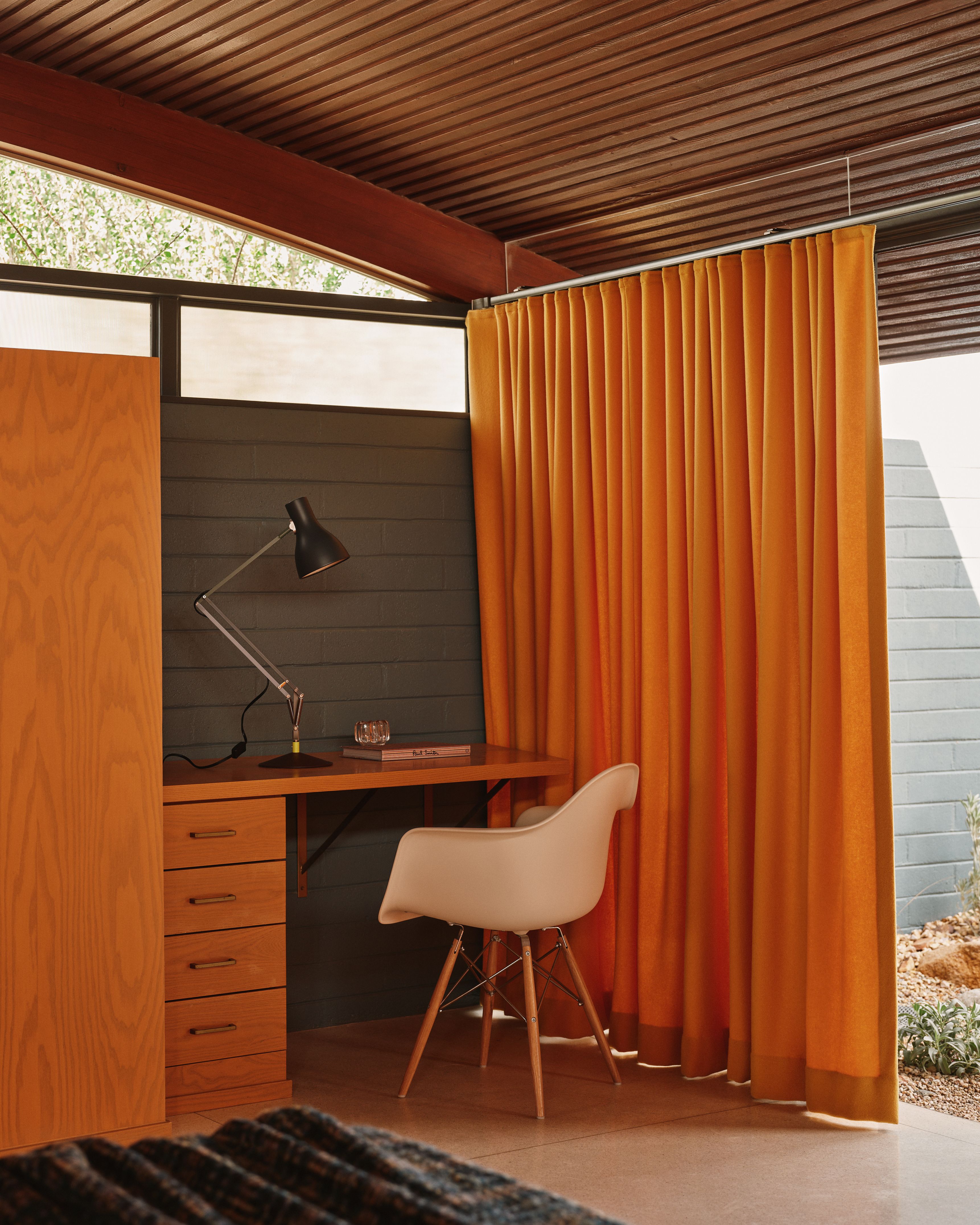
W*: How involved were DWR and Paul Smith with the interiors?
CS: DWR brought in key items from the Paul Smith Collection for this activation, bringing new life to the house through this collaboration. In the fall, the original furniture for the house will return: all of which is archival vintage pieces, largely 1930s to 1960s Scandinavian and Michigan [designs].

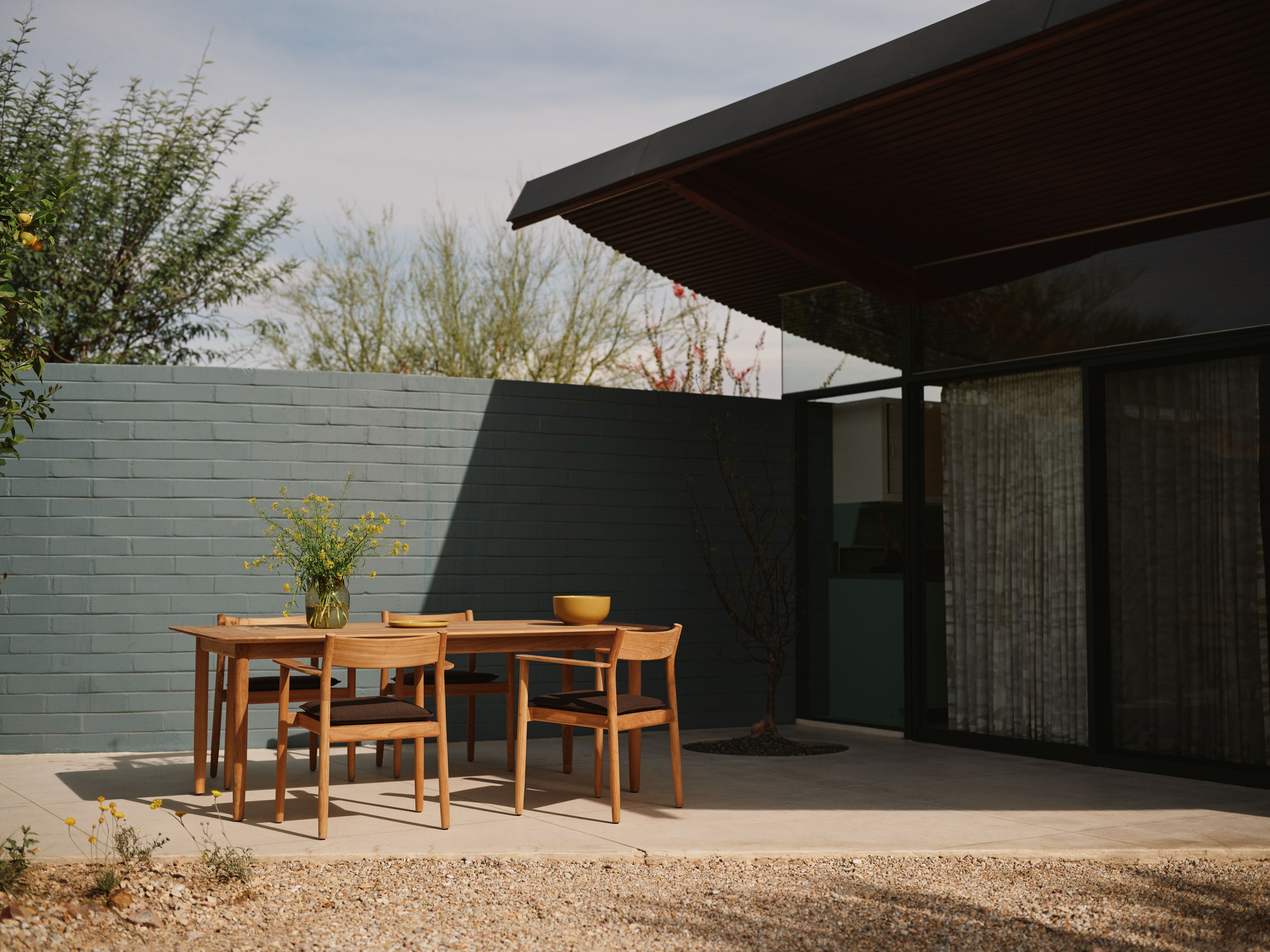
W*: What is your favourite part about the home and the collection?
CS: The light quality of the desert at the home is magical – and the house acts as a prism that multiplies and calls your attention to how light in the California desert changes during the day and throughout the year. As for the collection, Paul Smith’s stripes are both evocative of the 1960s while being contemporary to today.

The Desert Wave is located at 73697 Santa Rosa Way, Palm Desert, CA 92260, United States; boutique-homes.com
Carole Dixon is a prolific lifestyle writer-editor currently based in Los Angeles. As a Wallpaper* contributor since 2004, she covers travel, architecture, art, fashion, food, design, beauty, and culture for the magazine and online, and was formerly the LA City editor for the Wallpaper* City Guides to Los Angeles.
-
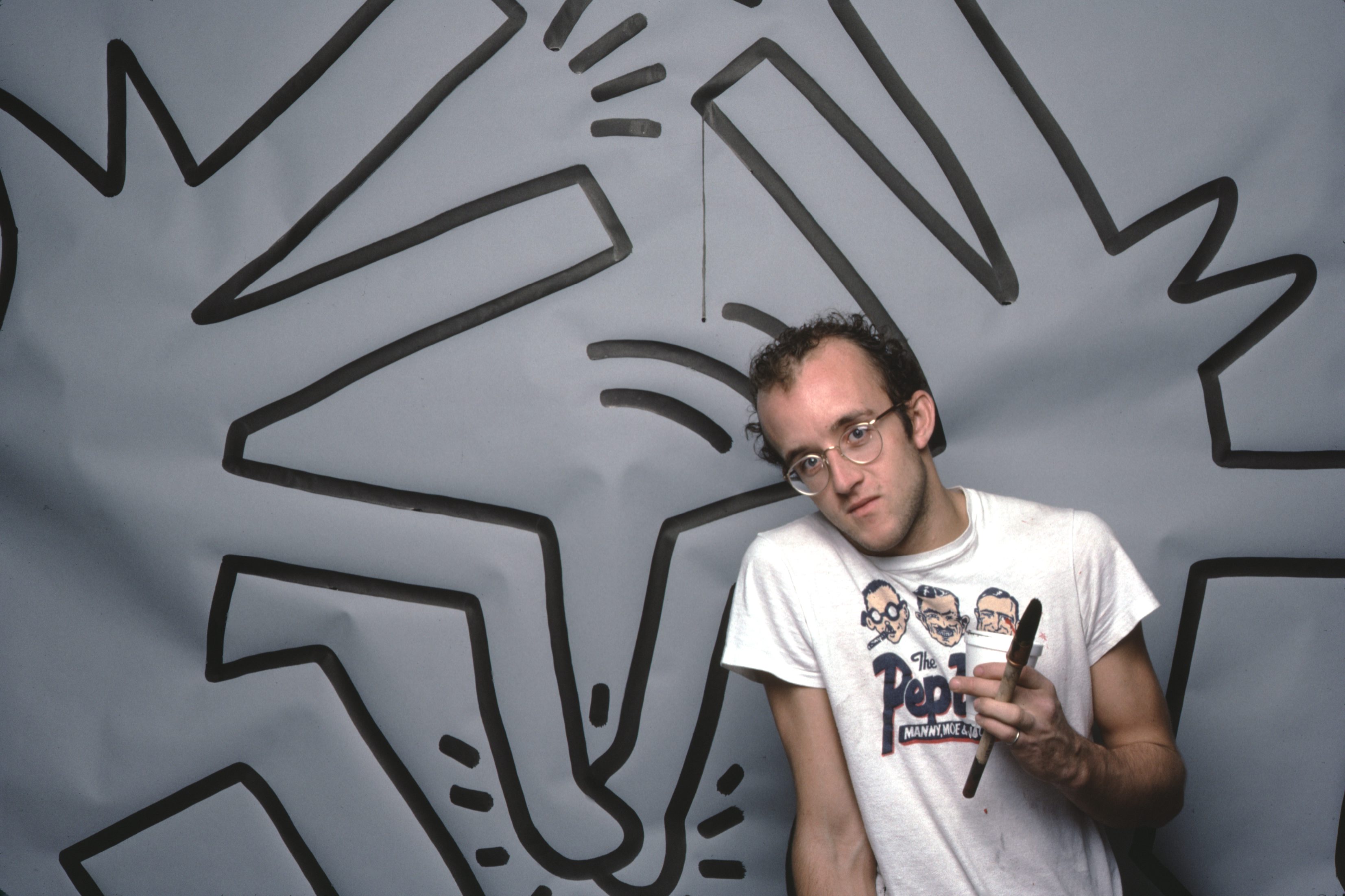 Modern masters: the ultimate guide to Keith Haring
Modern masters: the ultimate guide to Keith HaringKeith Haring's bold visual identity brought visibility to the marginalised
-
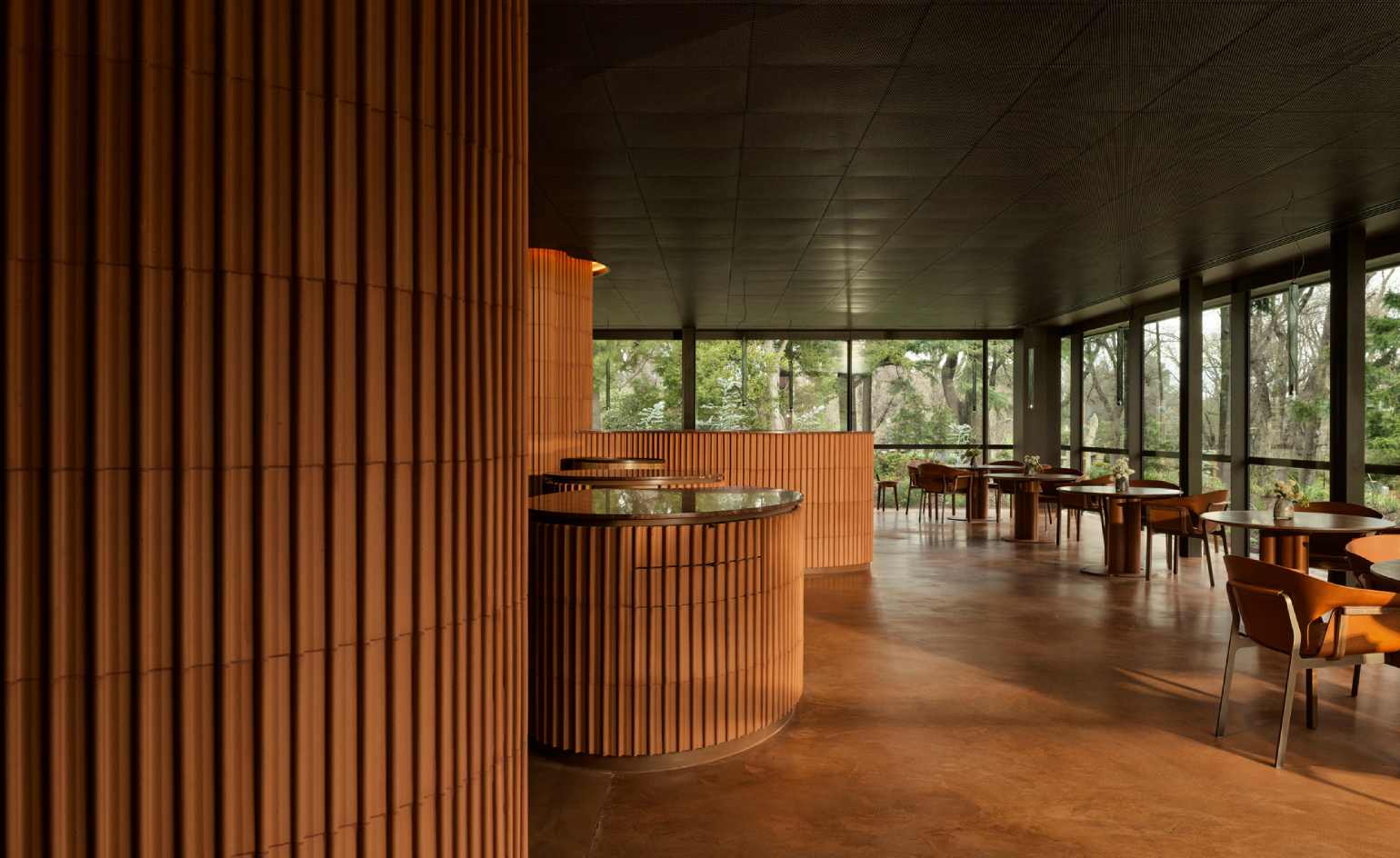 Discover a hidden culinary gem in Melbourne
Discover a hidden culinary gem in MelbourneTucked away in a central Melbourne park, wunderkind chef Hugh Allen’s first solo restaurant, Yiaga, takes diners on a journey of discovery
-
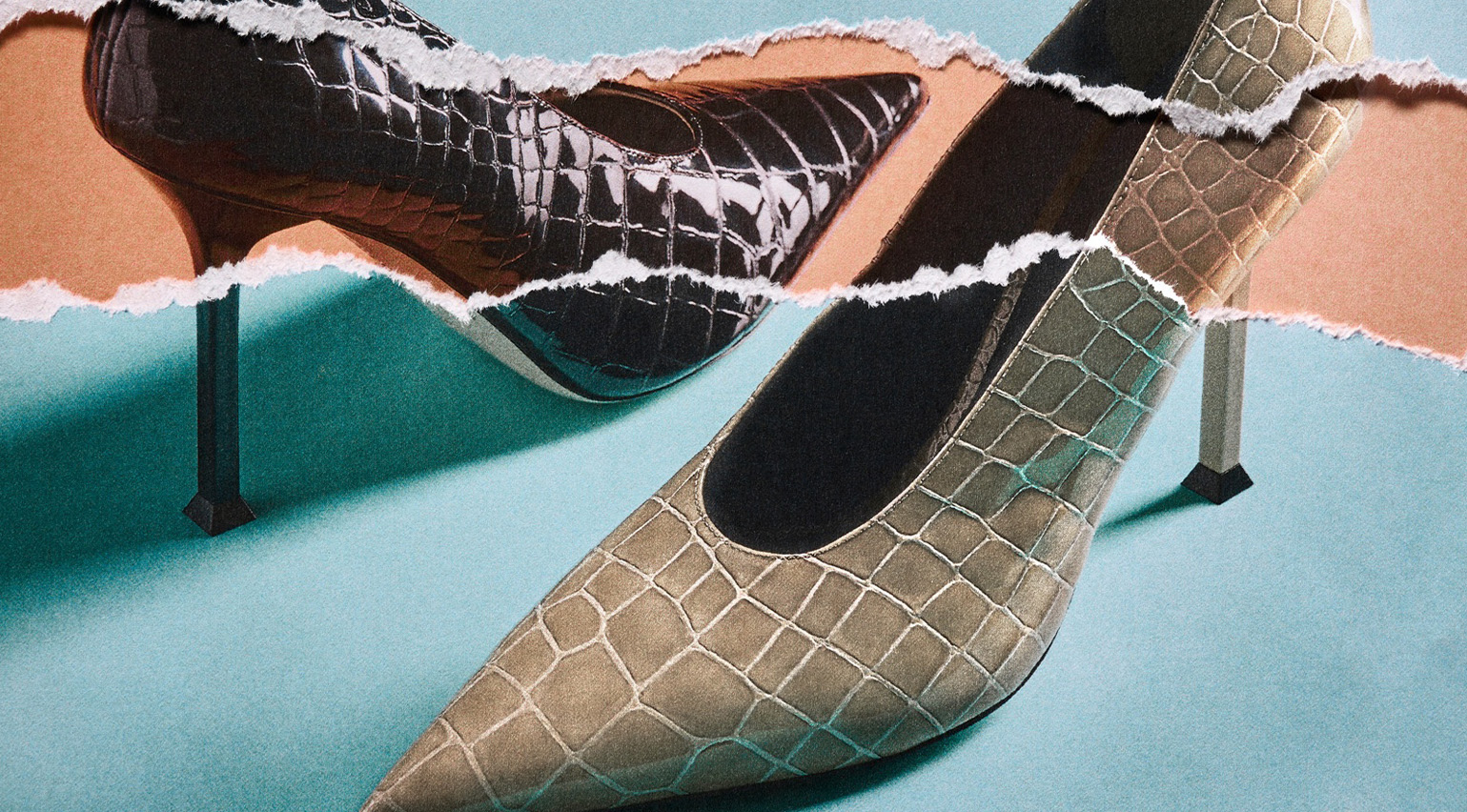 Nina Christen is the designer behind fashion’s favourite – and most playful – shoes
Nina Christen is the designer behind fashion’s favourite – and most playful – shoesShe’s created viral shoes for Loewe and Dior. Now, the Swiss designer is striking out with her own label, Christen
-
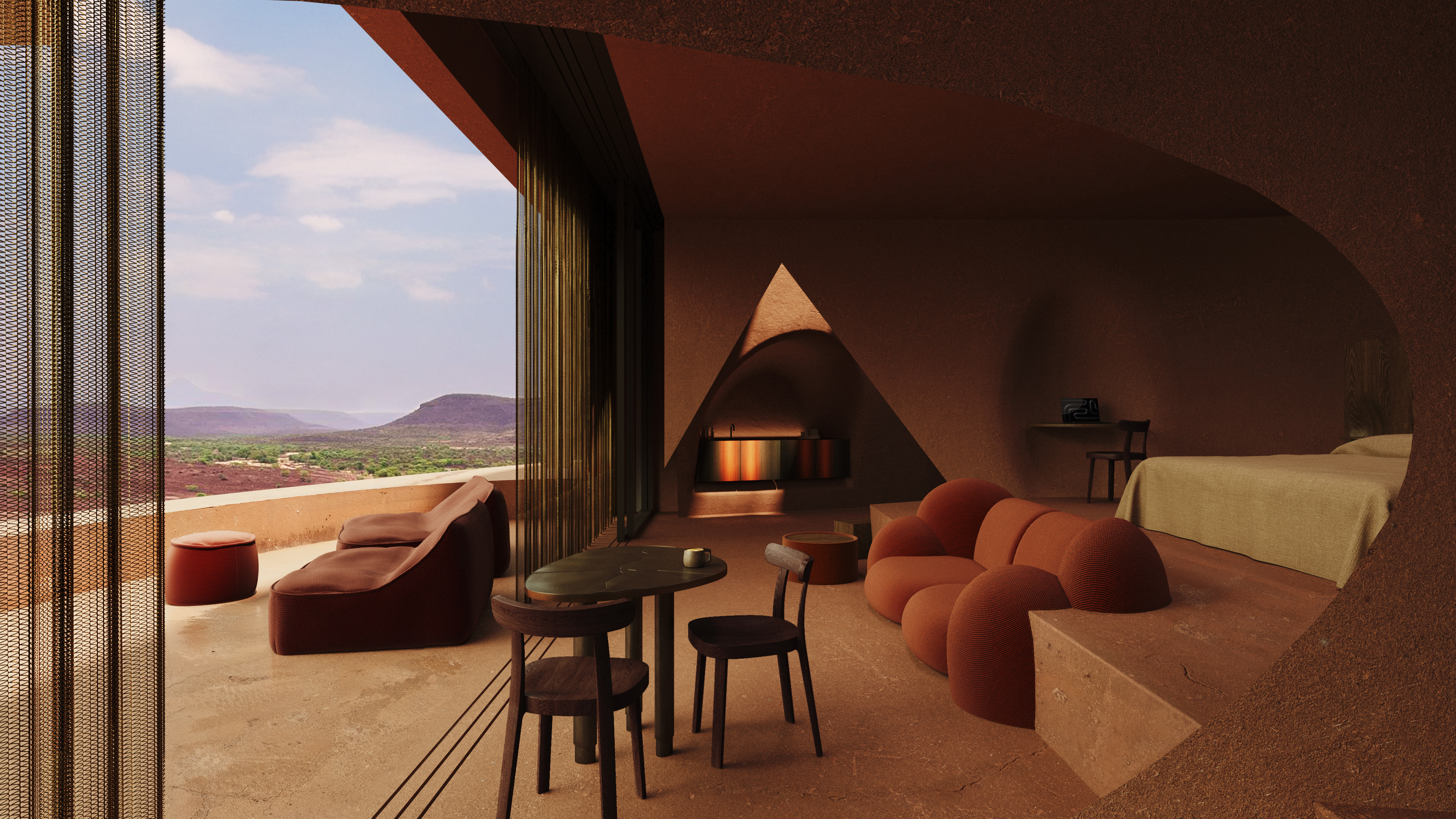 The most anticipated hotel openings of 2026
The most anticipated hotel openings of 2026From landmark restorations to remote retreats, these are the hotel debuts shaping the year ahead
-
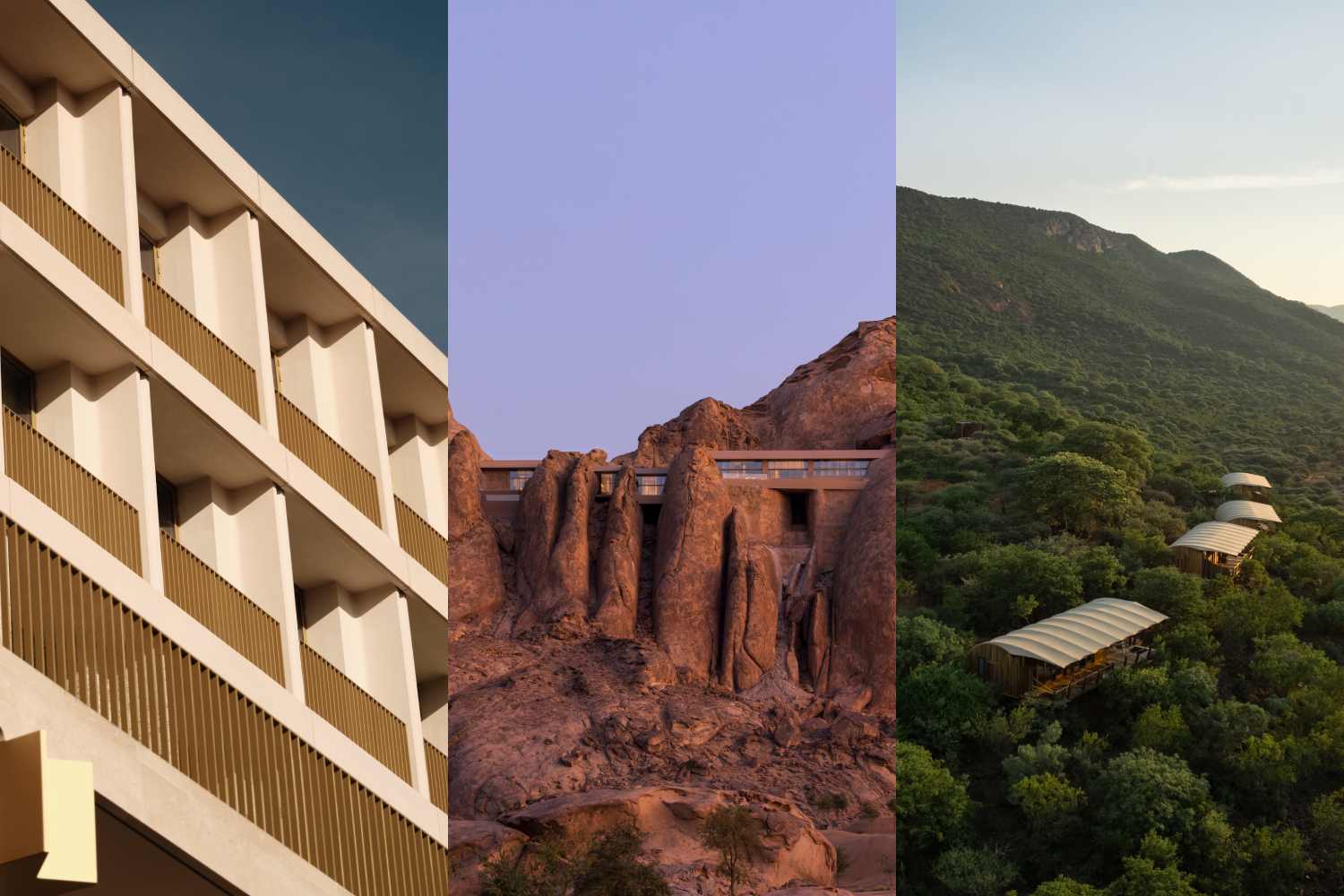 The most stylish hotel debuts of 2025
The most stylish hotel debuts of 2025A Wallpaper* edit of this year’s defining hotel openings. Design-led stays to shape your next escape
-
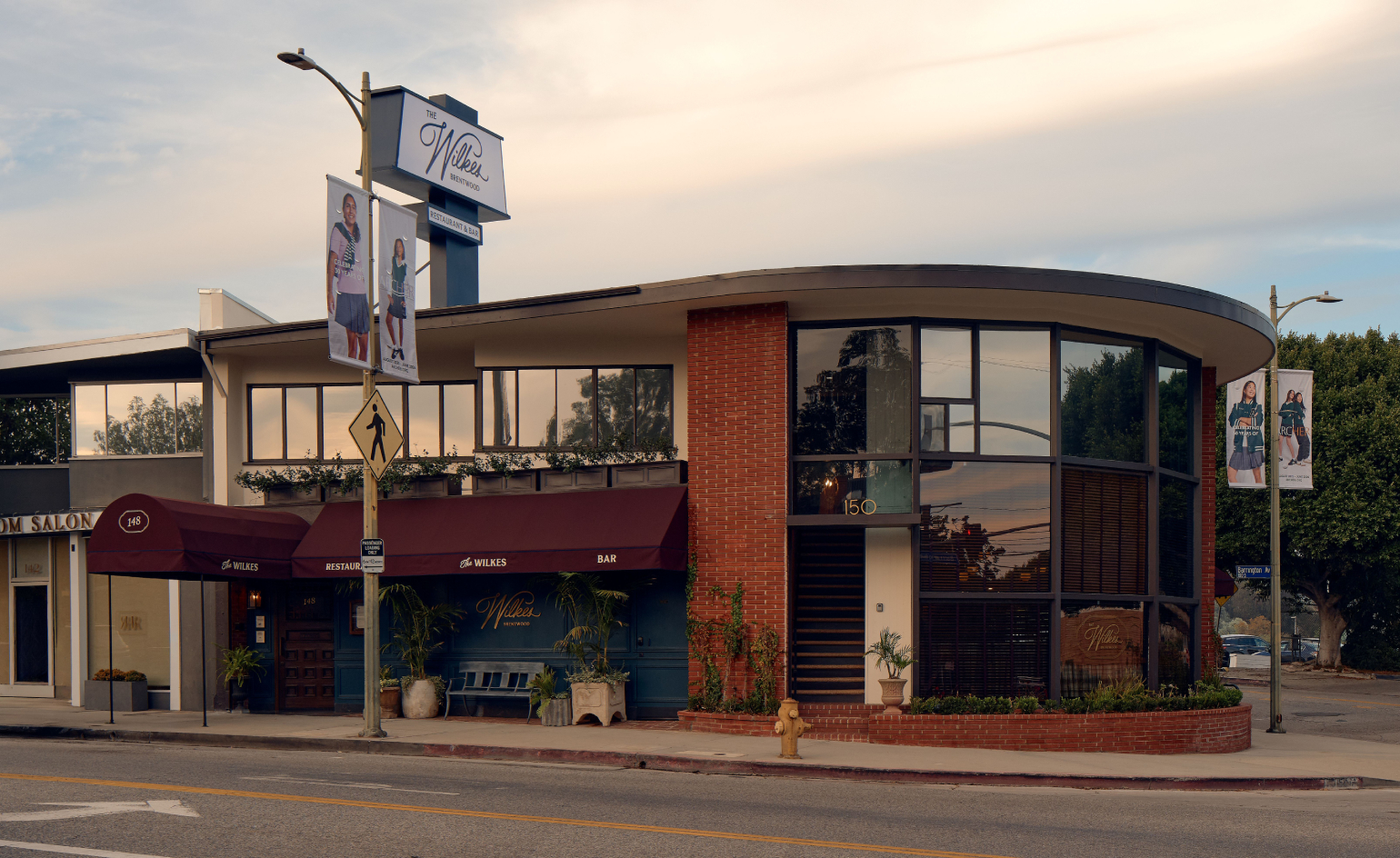 The Wilkes is LA’s answer to the British pub
The Wilkes is LA’s answer to the British pubIn the Brentwood Village enclave of Los Angeles, chef and restaurateur Dana Slatkin breathes new life into a storied building by one of Frank Gehry’s early mentors
-
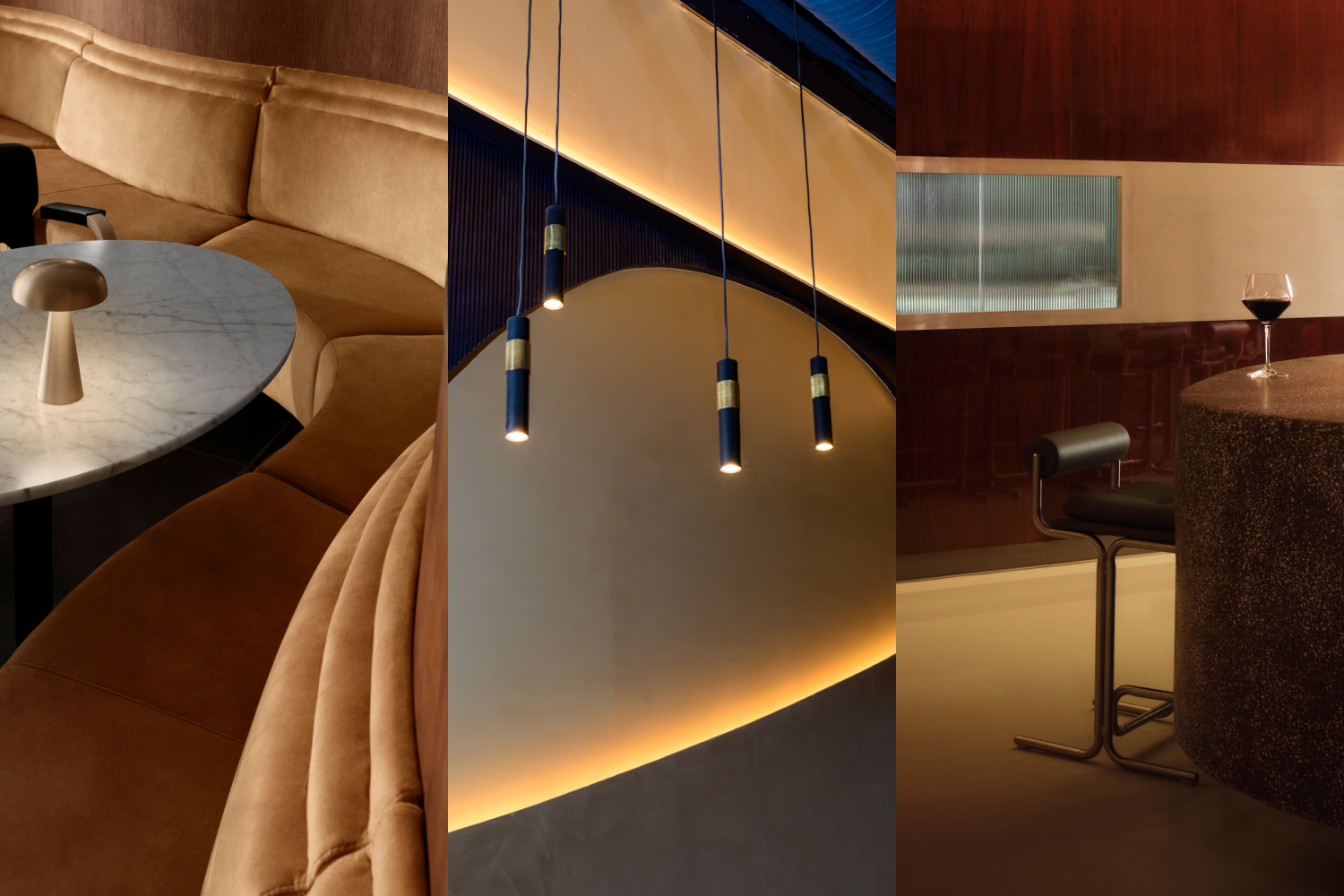 Form... and flavour? The best design-led restaurant debuts of 2025
Form... and flavour? The best design-led restaurant debuts of 2025A Wallpaper* edit of the restaurant interiors that shaped how we ate, gathered and lingered this year
-
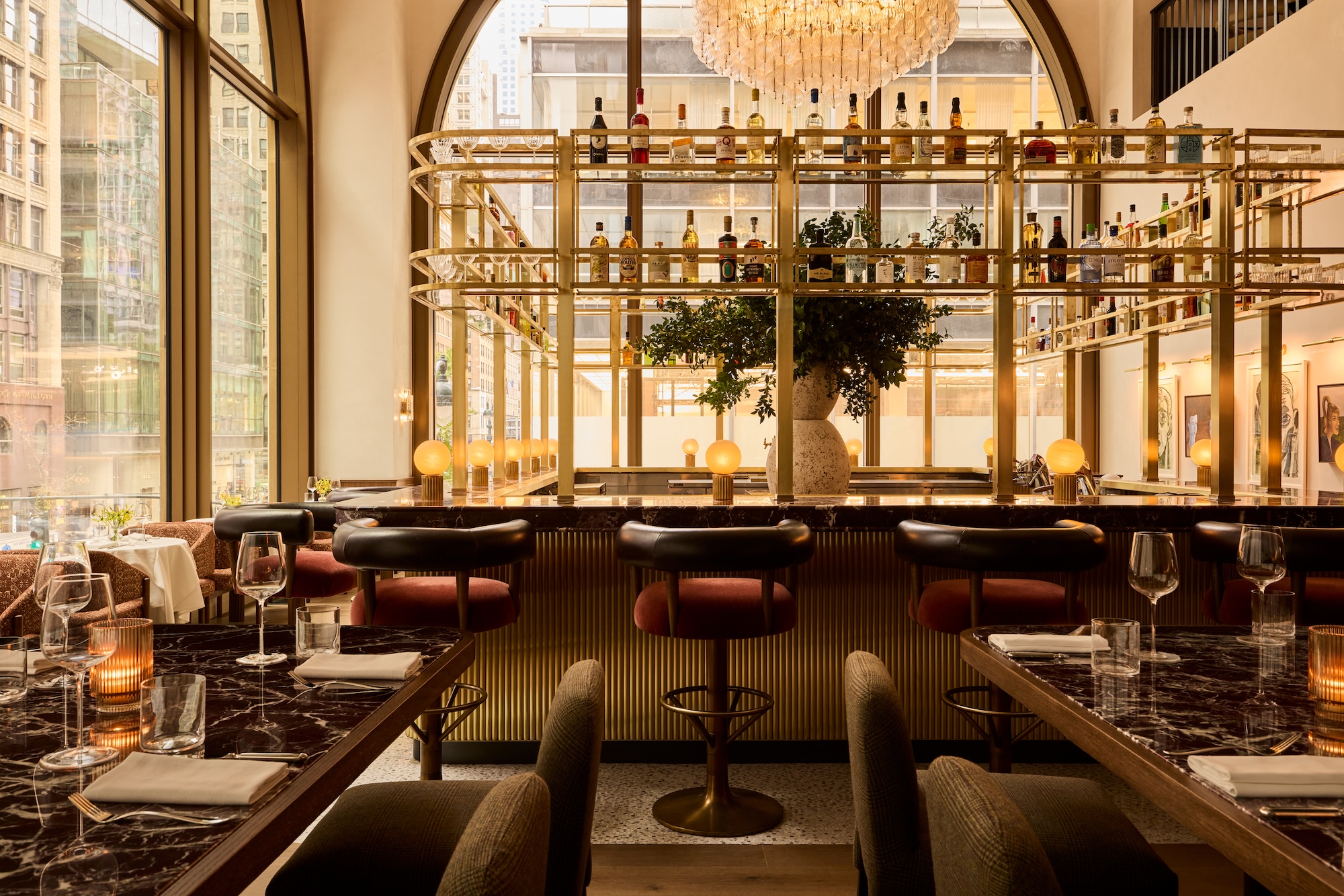 New York’s members-only boom shows no sign of stopping – and it's about to get even more niche
New York’s members-only boom shows no sign of stopping – and it's about to get even more nicheFrom bathing clubs to listening bars, gatekeeping is back in a big way. Here’s what’s driving the wave of exclusivity
-
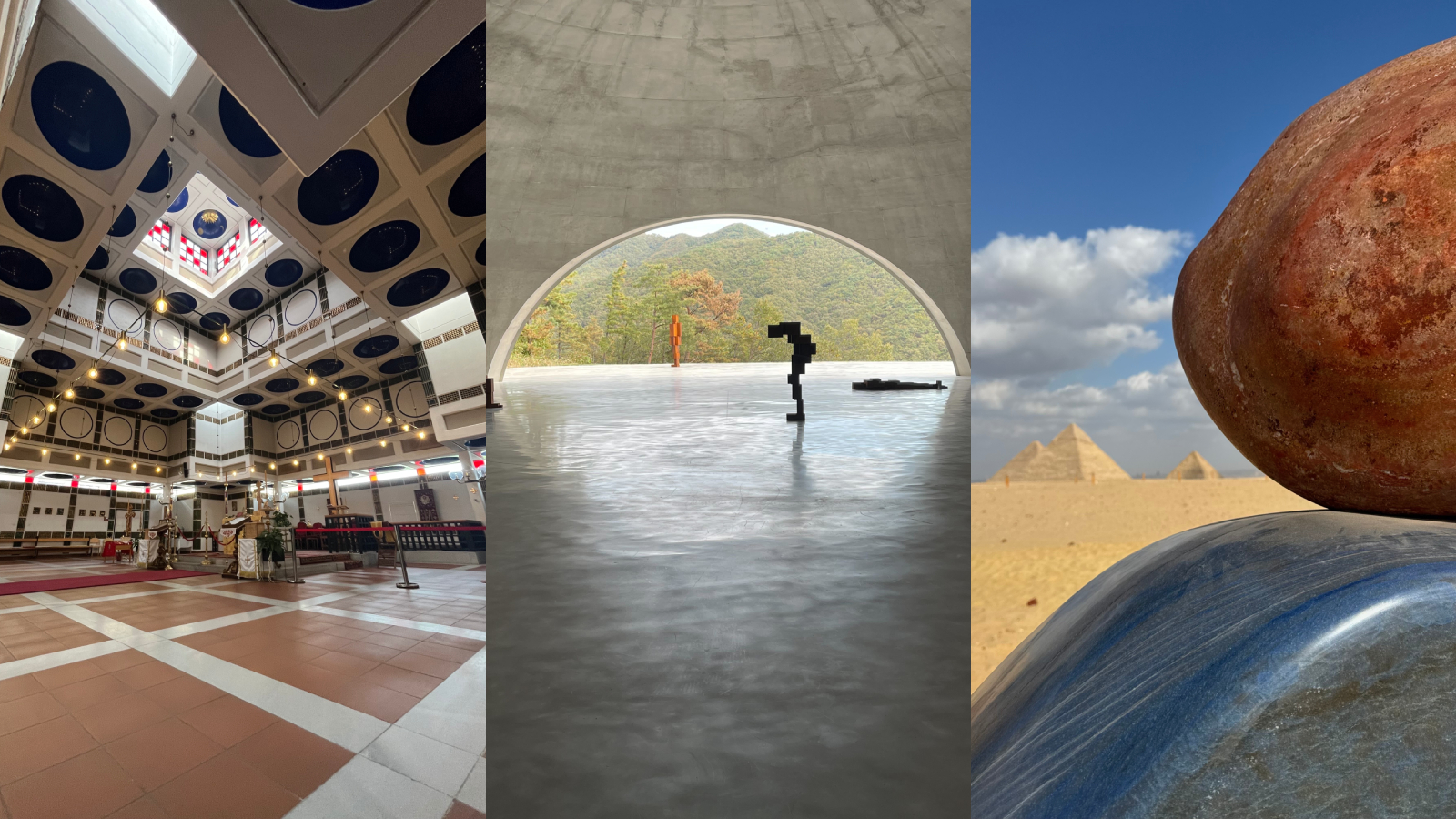 The Wallpaper* team’s travel highlights of the year
The Wallpaper* team’s travel highlights of the yearA year of travel distilled. Discover the destinations that inspired our editors on and off assignment
-
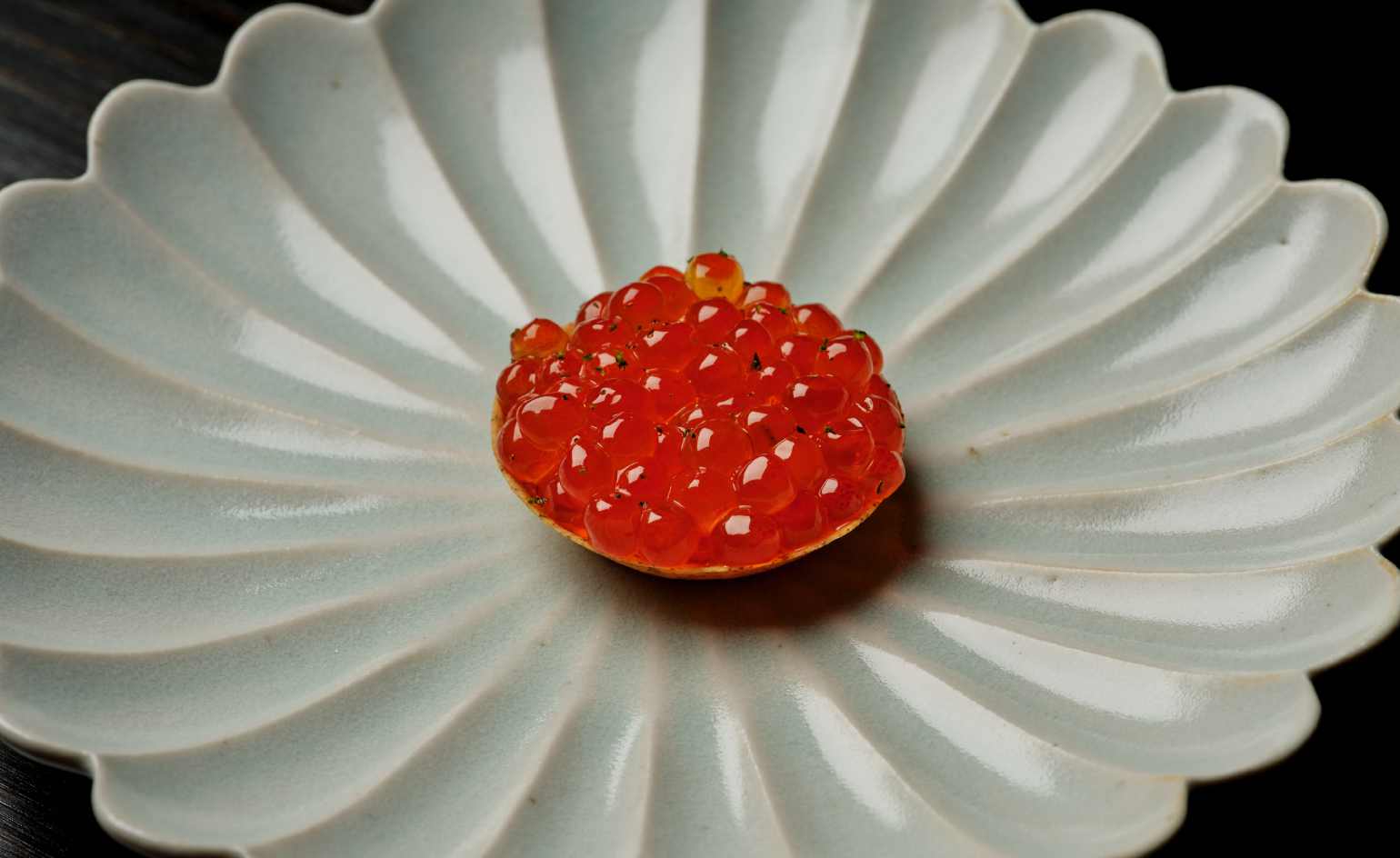 This cult Los Angeles pop-up restaurant now has a permanent address
This cult Los Angeles pop-up restaurant now has a permanent addressChef Brian Baik’s Corridor 109 makes its permanent debut in Melrose Hill. No surprise, it's now one of the hardest tables in town to book
-
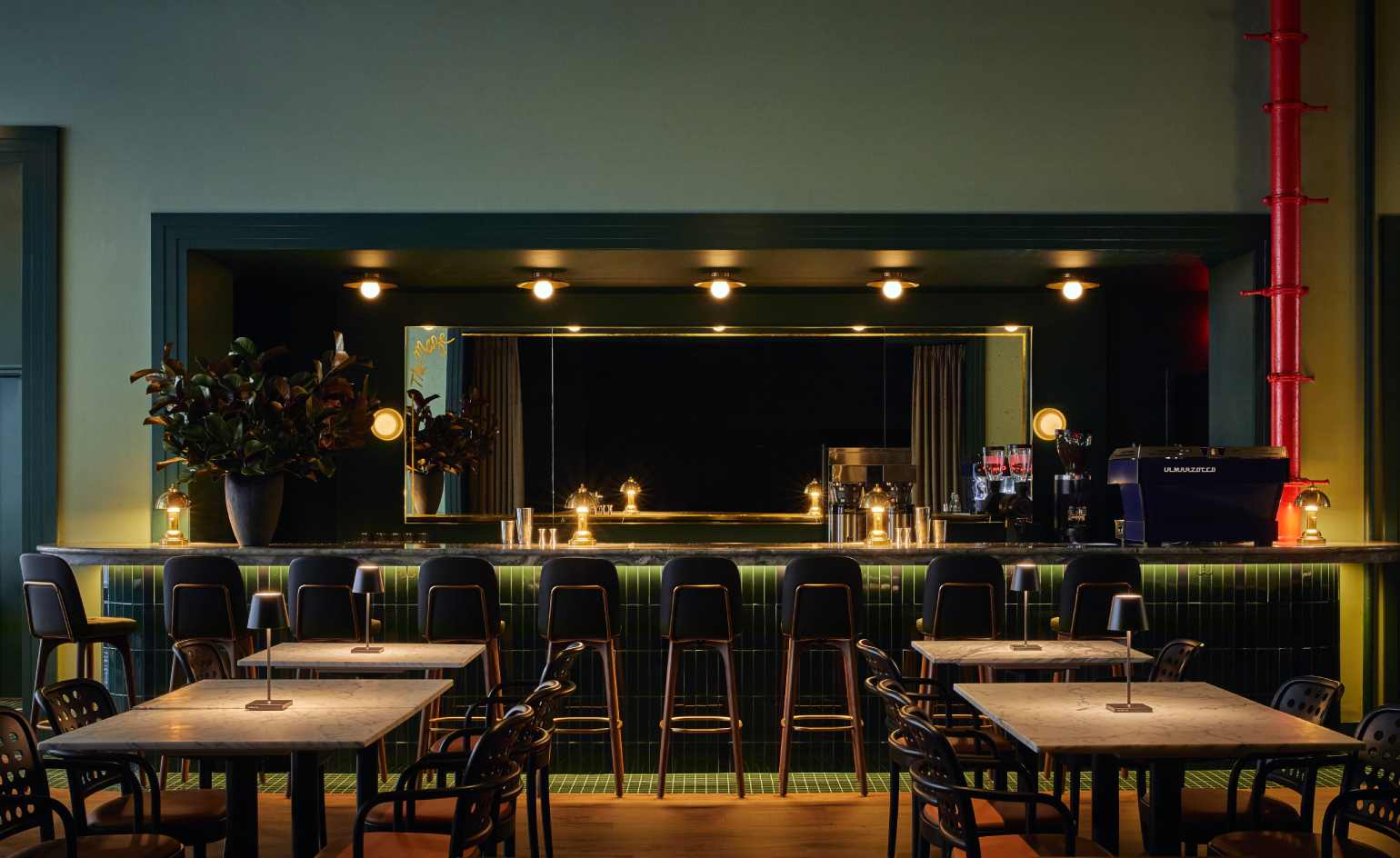 NYC’s first alcohol-free members’ club is full of spirit
NYC’s first alcohol-free members’ club is full of spiritThe Maze NYC is a design-led social hub in Flatiron, redefining how the city gathers with an alcohol-free, community-driven ethos